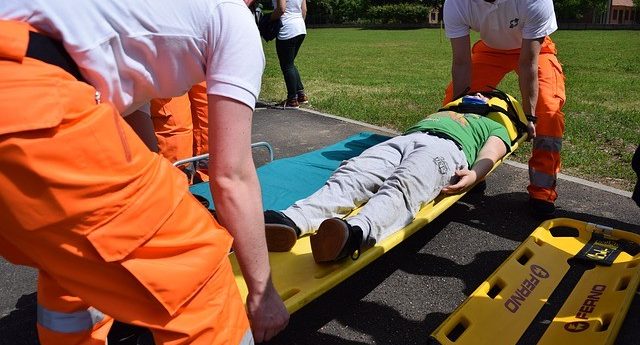Anaphylaxis treatment may be delayed by at-home antihistamine administration

Preliminary results from a retrospective chart review study suggests that, amongst children hospitalized for anaphylaxis, at-home antihistamine administration was associated with delayed seeking of lifesaving, emergency medical treatments.
Anaphylaxis is a severe, rapid-onset allergic reaction, which can be fatal if not treated in a timely fashion. Preliminary results, presented at the American Academy of Pediatrics National Conference & Exhibition (25—29 October 2019, LA, USA), suggest that the at-home administration of antihistamines to children experiencing anaphylaxis may delay their access to lifesaving emergency care.
Evan Wiley, lead study author and a pediatric Resident at Jacobi Medical Center (NY, USA), stated: “While the use of antihistamines might help some allergic symptoms such as rash or itching, those medications will not prevent death from anaphylaxis. It is important for patients with anaphylaxis to seek immediate medical care, since the only proven lifesaving treatment is epinephrine, and any delay in receiving appropriate treatment can be fatal.”
Frequently asked questions:
In the study, researchers reviewed the medical records of 79 patients — aged 8 months—20 years — who met World Allergy Organization (WAO; WI, USA) diagnosis criteria for anaphylaxis, prior to their being hospitalized for anaphylaxis, between July 2015 and January 2019.
The primary study outcome variable was delay in patients’ immediate seeking of emergency care once they had met WAO criteria for anaphylaxis.
Study analysis revealed that 41% of patients had taken antihistamines at home in attempt to curb their allergic reaction symptoms, prior to reporting to emergency departments.
At-home antihistamine use was associated with more than a seven times increased likelihood of patients’ delaying their seeking necessary, lifesaving emergency medical care for their anaphylaxis reaction.
In the study, the authors concluded: “Home administration of antihistamines for anaphylaxis prior to hospital presentation was significantly associated with an increased odds of delay in immediately seeking care. Delayed presentation for anaphylaxis can delay epinephrine administration and increase mortality.”
Source:
https://aap.org/en-us/about-the-aap/aap-press-room/Pages/Use-of-Antihistamines-for-Anaphylaxis-Symptoms-Linked-with-Delay-in-Seeking-Emergency-Treatment.aspx; https://www.eurekalert.org/pub_releases/2019-10/aaop-auf101819.php
What are the symptoms of anaphylaxis?
It is common for someone experiencing an anaphylactic reaction to experience a rash and itching, airway constriction and difficulty breathing, dizziness, low blood pressure and swelling of the tongue, amongst other symptoms.
What is the treatment for anaphylaxis?
The sole management treatment for anaphylaxis is administration of epinephrine as soon as possible. Certain symptoms of anaphylaxis may be relieved by anti-inflammatory drug therapies, such as antihistamines. However, these will not treat the anaphylaxis or prevent mortality.
